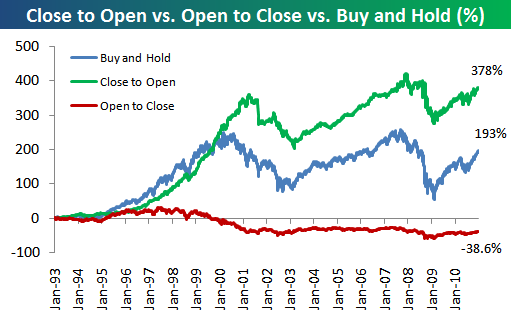The hedge fund industry certainly took a drubbing in the bleak market years which were 2007 – 2008. But, they’re back and they’re back on the heels of good performance and inflows in 2010. Credit Suisse released its 2010 Hedge Fund Industry Review (.pdf) today.
Few highlights:
- Hedge funds, as measured by the Dow Jones Credit Suisse Hedge Fund Index, were up 10.95% for 2010 after posting positive performance for seven out of 12 months
- On an asset-weighted basis, an estimated 81% of funds have surpassed previous high water marks as of December 31, 2010
- The industry saw an estimated USD $8.5 billion in inflows for the fourth quarter, bringing overall inflows to $22.6 billion for the year. This represents the largest annual inflows into the space since 2007
- The largest inflows in 2010 were seen in the Global Macro and Event Driven Sectors, up $16.8 billion and $13.9 billion respectively, while the largest outflows were seen in the Multi-Strategy sector which lost $16.9 billion
- Including performance gains, current hedge fund industry assets under management (AUM) grew to $1.7 trillion as of December 31, 2010, up from $1.5 trillion on December 31, 2009
- Research of returns from January 1996 through December 2010, indicates that smaller hedge funds (less than $100M AUM), have historically outperformed larger hedge funds (greater than $500M AUM) by 3.95% annually
Check out the whole report here.








